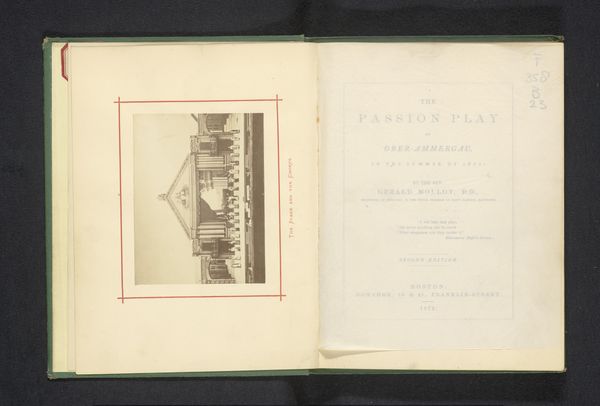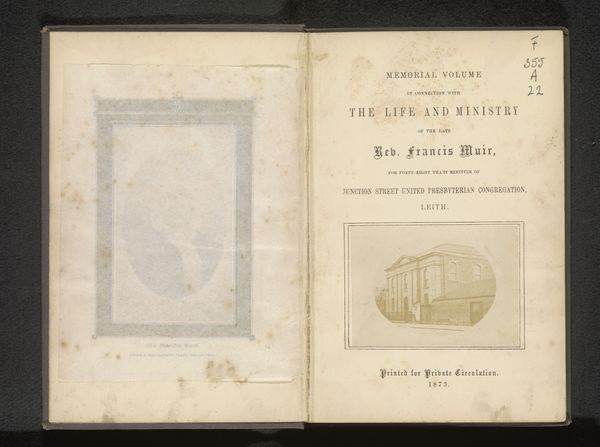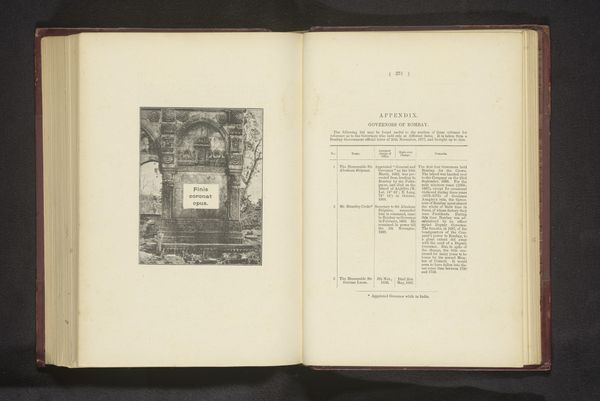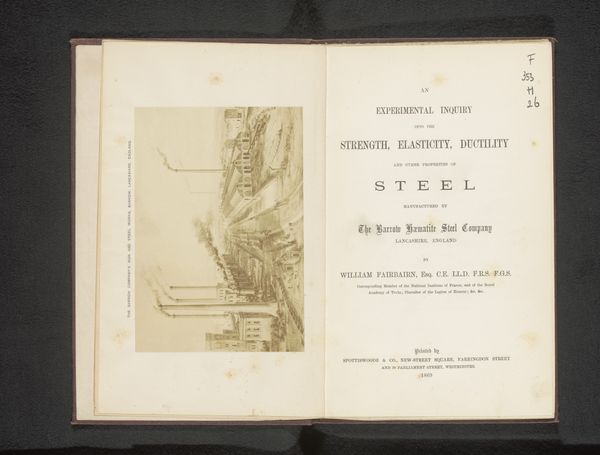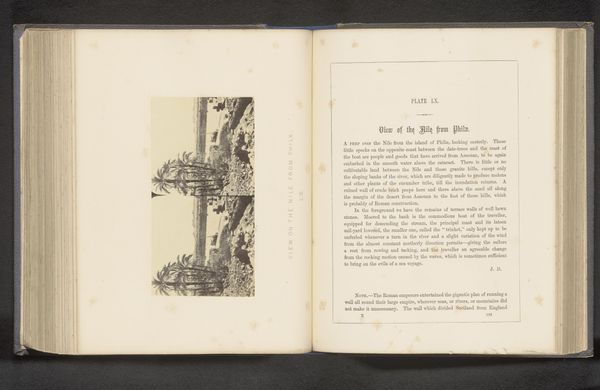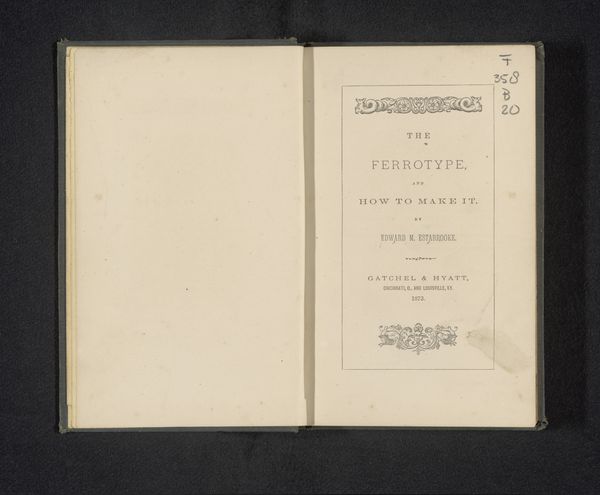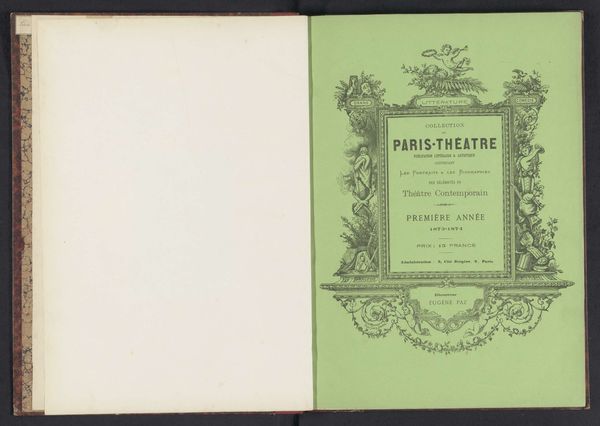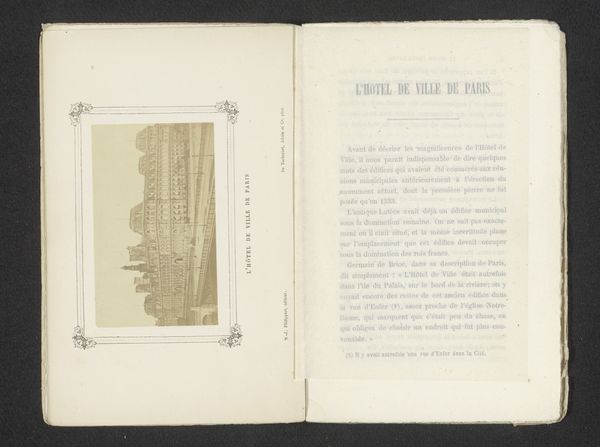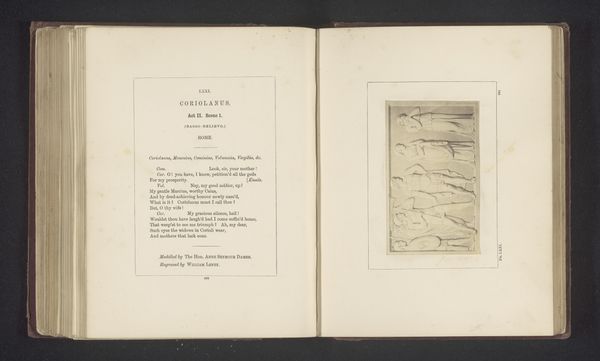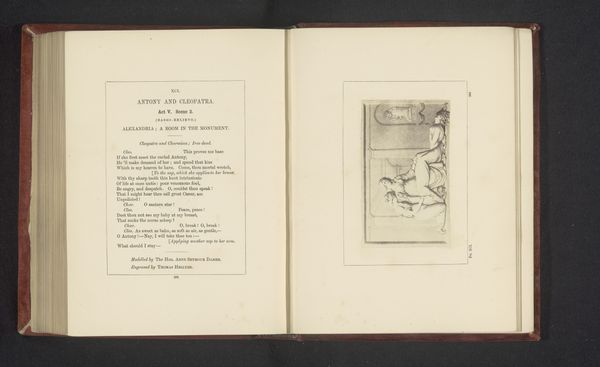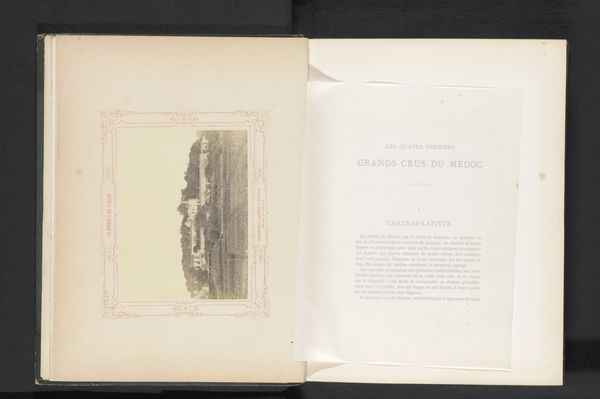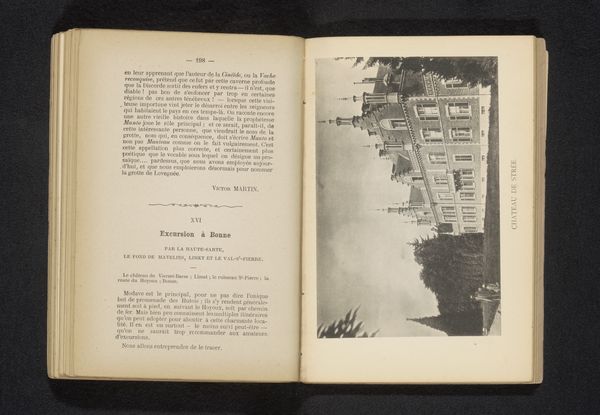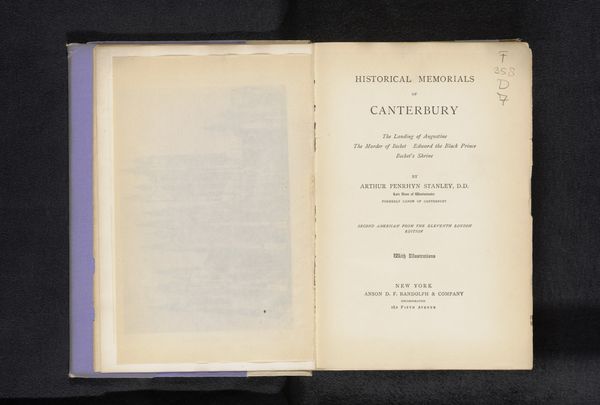
print, paper, typography
#
aged paper
#
homemade paper
#
script typography
#
paperlike
# print
#
personal journal design
#
paper texture
#
paper
#
personal sketchbook
#
typography
#
journal
#
fading type
#
thick font
Dimensions: height 207 mm, width 164 mm, thickness 15 mm
Copyright: Rijks Museum: Open Domain
Editor: So, here we have Gerald Molloy's "The Passion Play at Ober-Ammergau in the Summer of 1871," a print from 1872, featuring typography and a depiction on paper. What immediately strikes me is its documentary nature—almost like a historical record. How would you interpret this work within its historical context? Curator: It’s tempting to see this as a simple record, but let’s dig a bit deeper. Consider the socio-political climate of the time. The Passion Play at Oberammergau was a deeply significant cultural event, right? Given Molloy's religious background, how might this affect how he frames this event, not only in what’s included in the print but for whom? Editor: I see your point. His position probably shaped what he chose to emphasize and what was left out for a particular audience. Was it primarily for religious or more general audiences? Curator: Exactly. And given the relatively wide distribution that prints allowed at this time, one also has to consider censorship or any modifications made for public distribution and consumption. Who controlled those channels and how were those choices framed for popular discourse at the time? Editor: That's interesting; I hadn’t thought about censorship or controlled distribution of imagery at that time. It makes me realize how the presentation of events could be shaped by various influences and distributed within specific frameworks. Curator: Indeed. The act of choosing to document the Passion Play itself speaks volumes, especially concerning religious representation and power. And those choices ripple throughout public perception. Editor: I guess there's so much more to this simple printed image than I initially considered. Thanks for helping me consider the political dynamics influencing the imagery. Curator: My pleasure! Remember, even seemingly straightforward documentation is steeped in social and historical context.
Comments
No comments
Be the first to comment and join the conversation on the ultimate creative platform.
